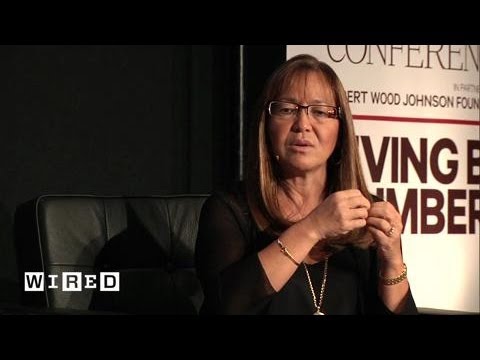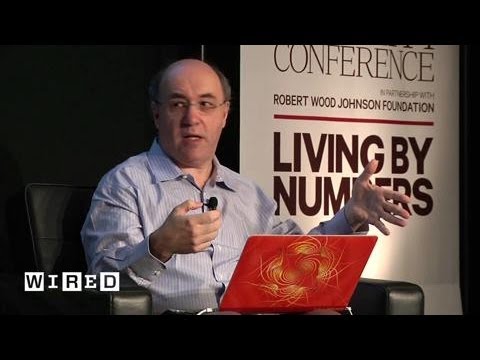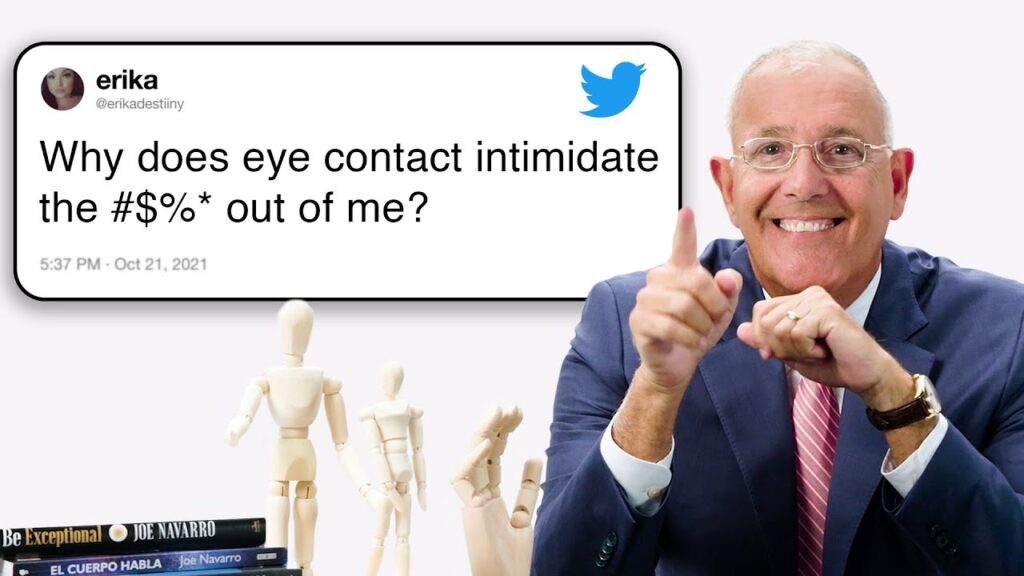Memory Techniques: Tips from a Memory Coach
Summary
In this article, we will explore various memory techniques and tips shared by Nelson Delli, a Memory Coach and five-time USA Memory Champion. From using a memory palace to memorize a list to the PAO system for memorizing a deck of cards, we will delve into the world of memory techniques and how they work.
Table of Contents
- The Importance of Sleep for Memory
- Different Types of Memories Stored in Different Parts of the Brain
- Using a Memory Palace to Memorize a List
- The PAO System for Memorizing a Deck of Cards
- Memories Associated with High Stress or Adrenaline
- The Power of Smell in Memory
The Importance of Sleep for Memory
According to Nelson Delli, lack of sleep affects memory consolidation and attention. It is important to get enough sleep to transfer data from short-term to long-term memory. So, if you want to remember something, make sure you get enough sleep.
Different Types of Memories Stored in Different Parts of the Brain
The speaker explains that different kinds of memories are stored in different parts of the brain. Moving through a doorway or crossing an event boundary can cause forgetfulness because the brain is trying to store information in different places. Smell is one of the earliest evolved senses in the brain, which is why memories associated with smells can be particularly vivid.
Using a Memory Palace to Memorize a List
To remember a list of items, the speaker suggests using a memory palace technique or creating a story using the items. For example, let’s say we want to remember a list of 11 items, and we assign the first item to the front door of our house. The second item is the coat rack, and we need to remember France. An association for France could be the Eiffel Tower. So, we imagine the Eiffel Tower hanging on the coat rack. The third item is the couch, and we need to remember Japan. An association for Japan could be a samurai. So, we imagine a samurai sitting on the couch. The fourth location is the bookshelf, and we need to remember China. An association for China could be the Great Wall. So, maybe we imagine the Great Wall of China running along the bookshelf, with people walking and guarding it. Finally, we reach the headphones, which is the last location, and we need to remember Brazil. An association for Brazil could be the famous Rio carnival. So, we imagine a big party going on with people dancing and wearing colorful costumes. That’s how we can use a memory palace to remember a list of items in order.
The PAO System for Memorizing a Deck of Cards
The speaker uses the PAO system to memorize a deck of cards. This system assigns a preset person, action, and object to each card. For example, the Queen of Hearts might be associated with Oprah Winfrey doing jumping jacks while holding a heart-shaped balloon. By creating vivid images for each card, the speaker is able to remember the entire deck in order.
Memories Associated with High Stress or Adrenaline
The speaker explains that memories associated with high stress or adrenaline are often better remembered. This is because the brain releases more adrenaline during stressful situations, which helps to encode the memory more deeply. So, if you want to remember something, try to associate it with a high-stress or high-adrenaline situation.
The Power of Smell in Memory
As mentioned earlier, smell is one of the earliest evolved senses in the brain. This is why memories associated with smells can be particularly vivid. To use this to your advantage, try to associate a particular smell with a memory that you want to remember. For example, if you want to remember a particular event, try to associate a specific smell with that event.
Conclusion
In conclusion, memory techniques can be incredibly powerful tools for improving your memory. From using a memory palace to the PAO system, there are many different techniques that you can use to remember information more effectively. By understanding how memory works and using these techniques to your advantage, you can improve your memory and retain more information.






